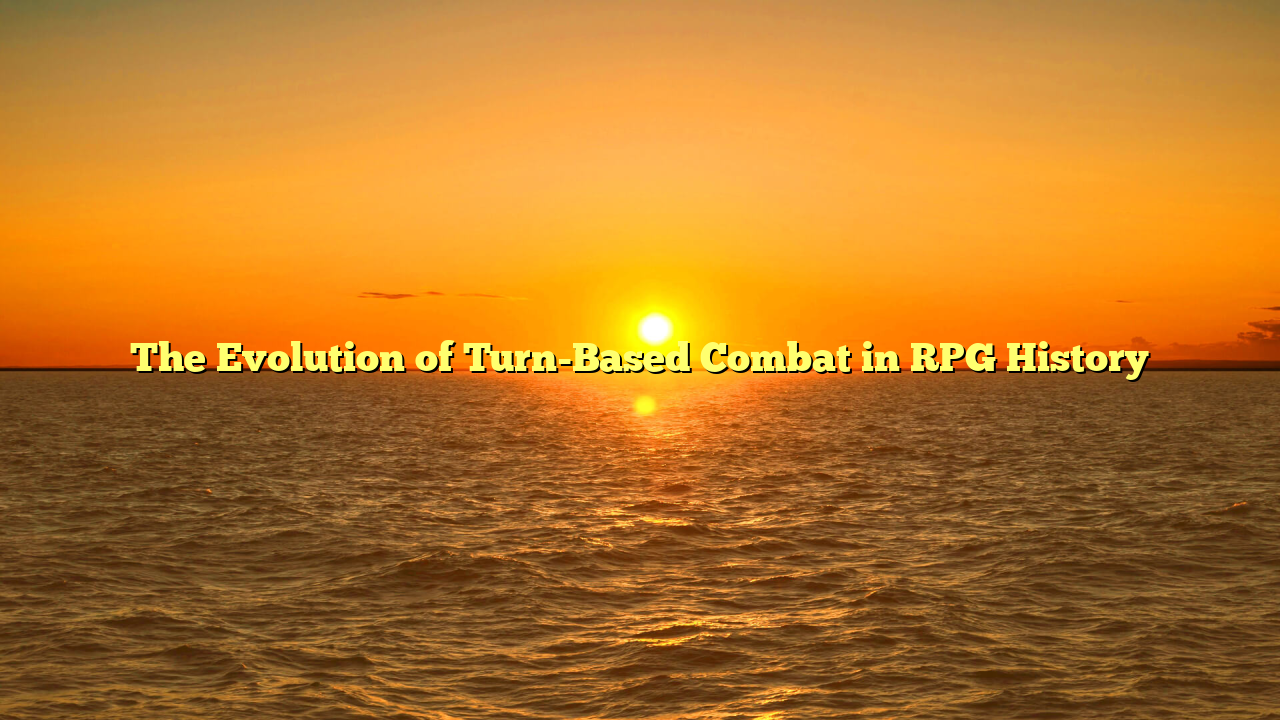Turn-based combat is one of the most recognizable mechanics in RPG history, yet its evolution spans decades of experimentation and refinement. The raja toto88 origins of turn-based systems can be traced back to tabletop role-playing games like Dungeons & Dragons, where structured actions and sequential decision-making formed the backbone of gameplay. Early developers, inspired by this model, sought to translate its methodical pacing into digital form.
The first major breakthrough came with classic computer RPGs such as Wizardry and Ultima, which embraced turn segmentation as a way to manage strategy despite limited processing power. These games relied on abstract menus, simple animations, and numerical feedback to convey actions. While primitive by today’s standards, they established the foundation for deeper mechanical systems.
Japanese developers pushed the concept further with titles like Dragon Quest and Final Fantasy. Their menu-based battles became iconic, offering players a clear rhythm of selecting attacks, spells, and items. The slower pace allowed for tactical planning, giving players the satisfaction of analyzing enemy weaknesses and building optimal party compositions. These early JRPGs also popularized random encounters, linking exploration directly to combat progression.
As technology advanced, turn-based RPGs became more cinematic. Developers integrated dynamic animations, elaborate spell effects, and enemy behaviors that added emotional impact to each decision. Games like Chrono Trigger refined the formula with Active Time Battle (ATB), blending turn structure with real-time pressure. This hybrid approach transformed combat into something more fluid while retaining strategic depth.
Modern turn-based RPGs have diversified dramatically. Titles such as Persona 5 emphasize stylized presentation and fast pacing, showing that turn-based systems can remain engaging even for new generations. Meanwhile, games like Divinity: Original Sin 2 explore high-complexity mechanics, introducing environmental interactions, physics-driven effects, and layered status systems.
Interestingly, the resurgence of indie RPGs has helped reinvigorate traditional turn-based design. Developers who grew up playing 8-bit and 16-bit classics continue to reinterpret nostalgic combat models with modern sensibilities. This revival demonstrates that turn-based battles are not a relic of the past but a flexible template capable of evolving alongside technology.
Today, the appeal of turn-based combat lies in its clarity and fairness. It offers players time to think, plan, and experiment without pressure. Whether used in tactical RPGs, Japanese role-playing titles, or narrative-focused adventures, turn-based combat remains a cornerstone of the genre. Its evolution showcases how a mechanic that began as a technical necessity became a celebrated form of strategic expression.



